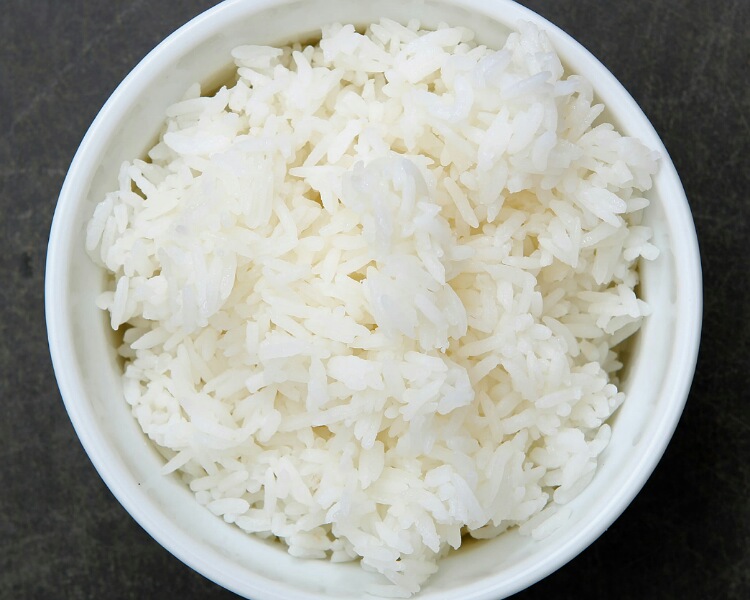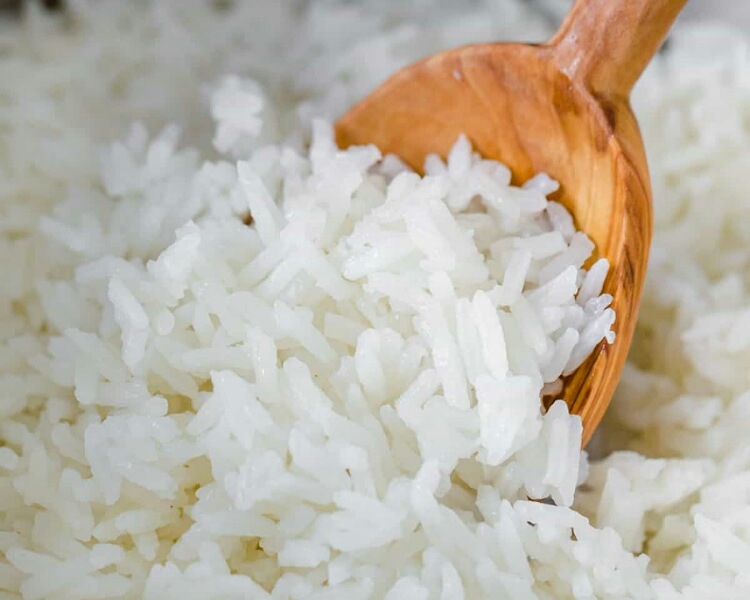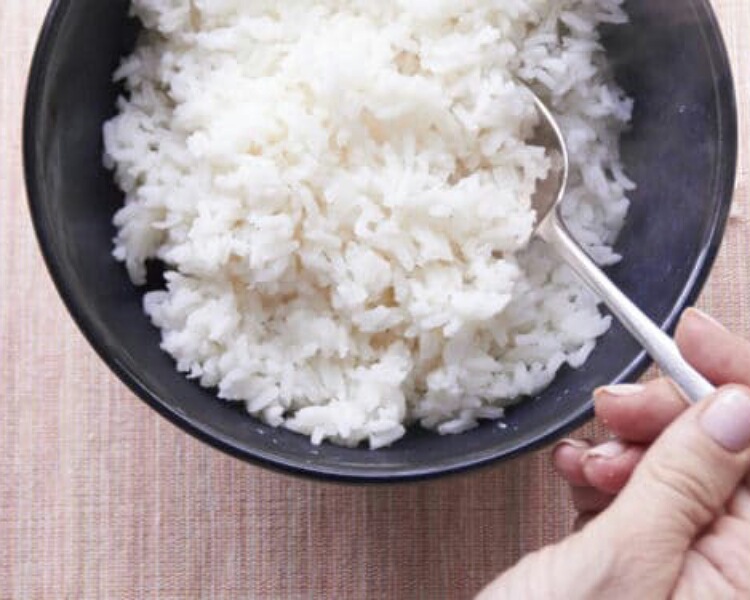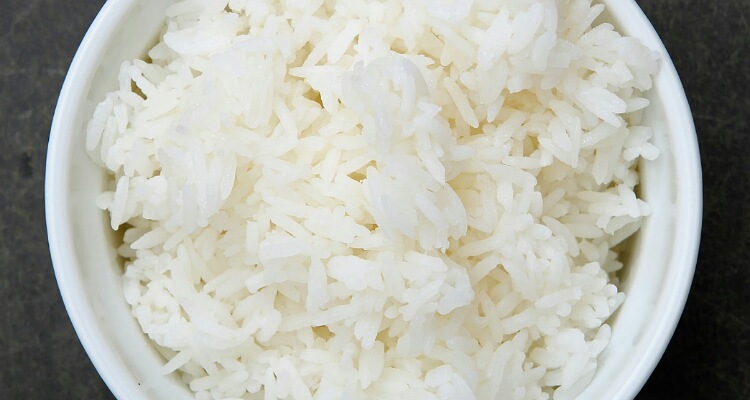Rice is a common staple food of people globally and especially of those residing along the coastal areas. It is a highly versatile grain that one can cook in a variety of ways.
White rice is one of the types of rice. Even though many consume it, it has a bad reputation as regards nutrition and health. But white rice also has a few plus points. Know them here!
White rice and the world
Rice is commonly eaten worldwide. People enjoy it because one can cook it in so many different ways. It is a highly versatile cereal and can be adapted to suit one’s tastes and the dish in which it is incorporated.
There are around 120000 types of rice available in the world. So one can choose the type he or she likes. Of the total calories consumed globally, one-fifth comes from rice.
White rice is a type of rice that is refined and milled. This milling process is the removal of the outer husks, the bran layer on it, and also the germ.
Due to it, it has fewer nutrients compared to brown rice. The latter is less processed and has its bran layer and germ retained.

Hence, white rice does not have a good nutritional reputation. It is considered a bad carb and devoid of healthy nutrients.
There are claims that it has empty calories. Should you completely stop eating white rice? Does it have no benefits? What are its plus points?
White rice and its notoriety
White rice has more carbs. It lacks the bran outer layer and the germ. Hence, the nutrients including fiber, vitamins, and minerals in it are lost due to the milling process.
Due to the high carbs, white rice has a lot of calories. 100 grams of it has 360 calories and only 7 grams of proteins. Therefore, there are only empty calories in rice with very less protein. It is considered an unhealthy food item.
Eating it has been linked to metabolic syndrome risk. Dietitian Lauren Manaker states:
“While more data is needed, some studies suggest a link between white rice consumption and metabolic syndrome risk,”

Metabolic syndrome is a condition in which factors predisposing to a higher risk of heart diseases, stroke, and type 2 diabetes mellitus are present together.
These include high body fat or obesity, high blood sugar, high blood pressure readings, and high cholesterol in the blood.
Studies have revealed that people eating white rice have a 30% higher risk of metabolic disease. But despite this enhanced risk, white rice consumption also has some advantages.
Plus points with white rice consumption
White rice has more carbs and calories and hence can provide a lot of energy to the individual. Lauren states:
“White rice is a source of carbohydrates, which is the main source of fuel for your body,”
“Plus, many varieties of white rice, at least in the U.S., are fortified with B- vitamins that may help support energy levels as well.”

B vitamins are essential in the energy production process. If these are less, energy production would be hampered with a negative impact on health.
Arsenic is a trace metal that is found in grains including rice. White rice has less arsenic compared to brown rice. It is best to vary your grains to minimize the risk of arsenic toxicity and ill effects.
Grains that have low arsenic levels are quinoa, amaranth, bulgur, and farro. The amount of arsenic in the grains varies depending on the origin of the grain.
White rice has significant amounts of manganese that helps in strengthening the bones. Therefore, it is good for bone health. Lauren explains:
“We all know that calcium and vitamin D are important nutrients for bone health,”
“But one unsung bone health hero nutrient, manganese, is found in white rice.”
